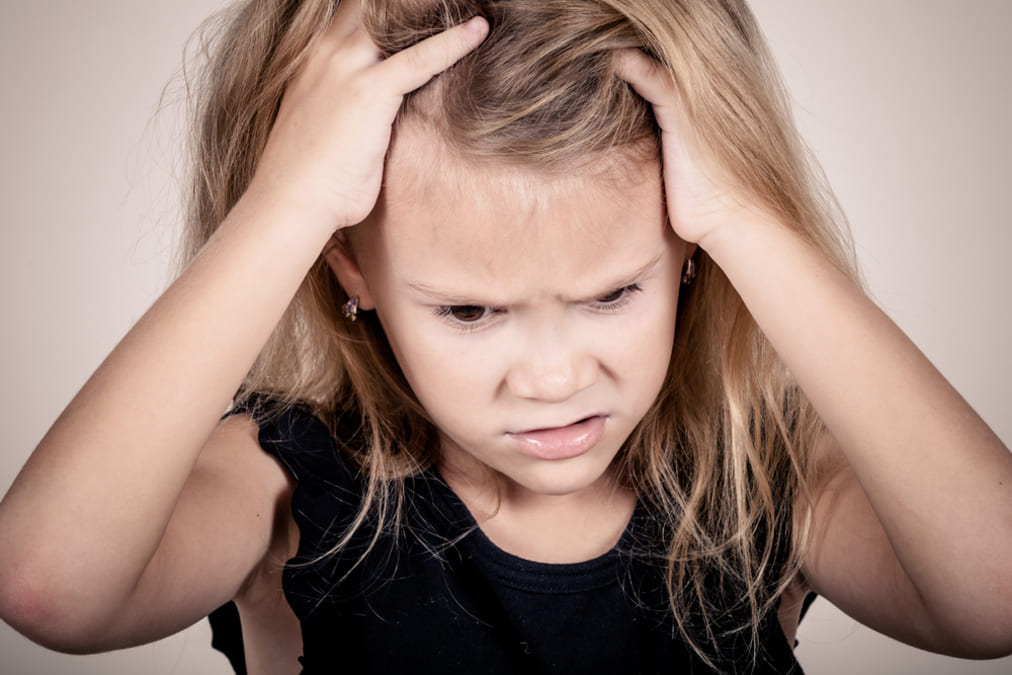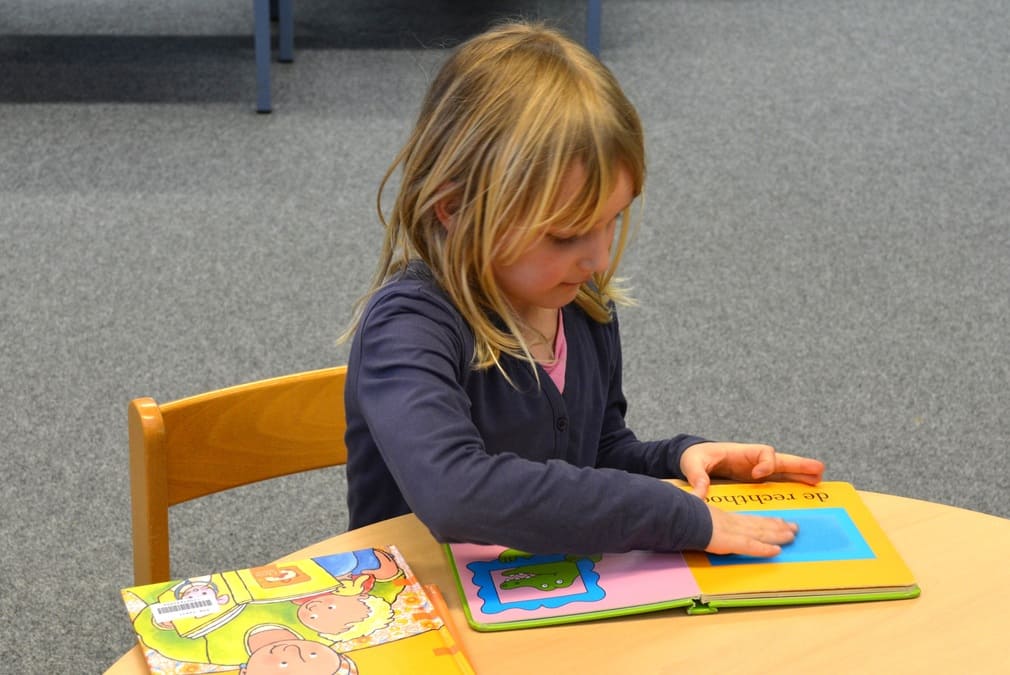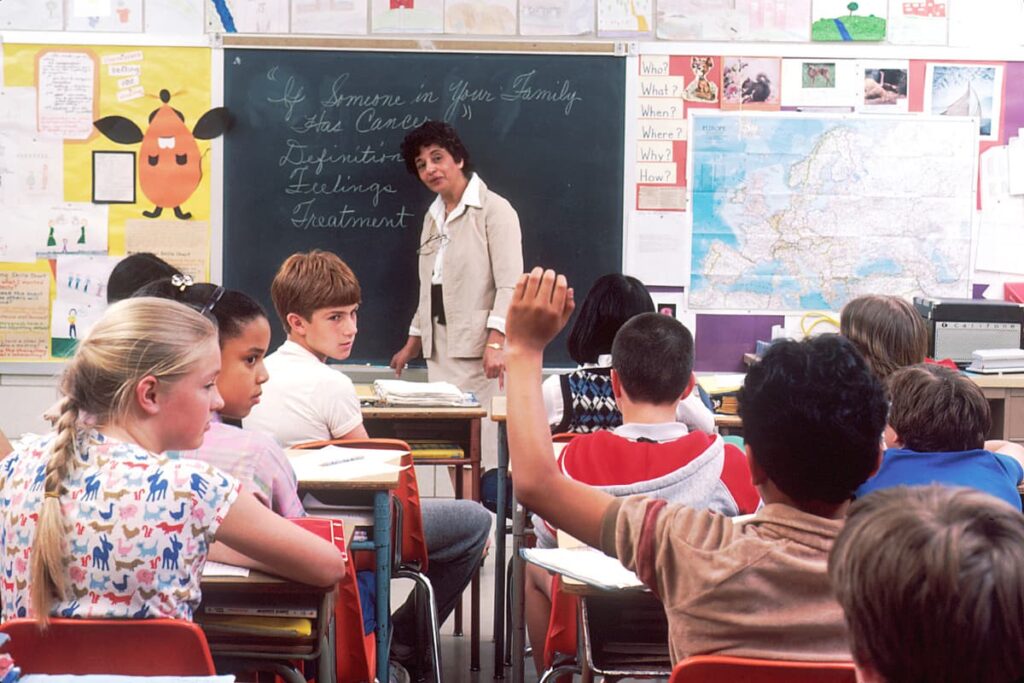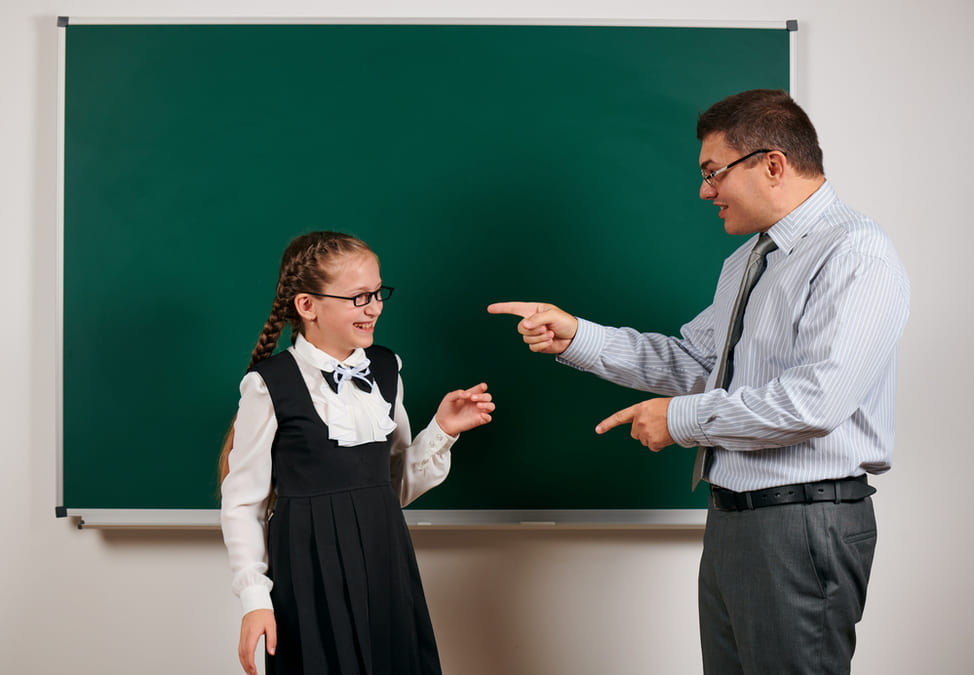Education has evolved significantly over the past century. As society progresses, so do our methods of teaching and learning. However, some educational practices from the past might raise eyebrows if introduced to today’s students. Let’s get into some of these antiquated techniques:
Table of Contents
Corporal Punishment

In bygone eras, corporal punishment was widely accepted as an effective means of disciplining students. The belief was that physical pain would deter undesirable behaviors. Students lived in fear of the ruler, paddle, or cane, instruments often used by teachers and administrators to administer punishment. This method was not only accepted but often endorsed by parents. However, as our understanding of child psychology and development grew, the damaging effects of such punishments became evident. Today, the majority of countries have outlawed corporal punishment in schools, understanding that it can lead to long-term emotional trauma and does not foster a positive learning environment.
Rote Memorization

In the past, education was often synonymous with memorization. The emphasis was on storing vast amounts of information, with students often parroting back entire paragraphs or lists of dates. The belief was that this would instill discipline and knowledge retention. However, this method often fails to encourage comprehension or critical thinking. In today’s educational landscape, while memorization has its place, there’s a stronger focus on understanding concepts, fostering curiosity, and developing analytical skills.
Dunce Caps and Corner Time

The dunce cap, a tall, conical hat, symbolized shame and public humiliation. Students who were perceived as slow learners or misbehaving were made to wear this cap and stand facing a corner, often in full view of their peers. This method was believed to motivate students to behave better or try harder, but in reality, it often led to decreased self-esteem and increased anxiety.
Single-sex Education

There was a time when boys and girls were educated in separate environments. The underlying belief was that each gender had distinct learning needs. Boys’ schools often had a curriculum that emphasized sciences, mathematics, and leadership, while girls’ schools focused on arts, languages, and domestic skills. Over time, as gender roles evolved and the importance of diverse environments became clear, co-educational institutions became more prevalent.
Chalk and Slate

Before the advent of notebooks, students used slates – small chalkboards – for their daily work. These were reusable, with students writing their lessons and then erasing them for the next task. It was an eco-friendly approach, but it limited the amount of information that could be saved or reviewed later.
Strict Uniform Codes

Uniforms were not just about identity; they were about conformity. The rules around school attire were stringent. Girls’ skirts had to be of a specific length, boys’ haircuts had to be above the collar, and deviations were not tolerated. These strict codes were believed to instill discipline but often stifled individual expression.
Oral Examinations

The pressure of oral exams was immense. Students had to verbally demonstrate their knowledge in front of teachers, and sometimes peers, making it a test of not just knowledge but also public speaking and confidence. While this method tested memory and articulation, it often failed to account for students’ anxiety or fear of public speaking.
Limited Curriculum for Girls

The societal roles of men and women were reflected in school curriculums. Girls were often steered towards subjects that prepared them for “womanly” roles like homemaking, while boys were exposed to a broader range of subjects. This limited approach deprived girls of diverse learning opportunities and reinforced gender stereotypes.
Moral and Character Education

Religion and morality were deeply intertwined with education. Schools often began with a prayer and moral lessons were derived from religious texts. While instilling values is still essential, modern education aims to be more inclusive, respecting diverse beliefs and backgrounds.
Lack of Technology

The classrooms of yesteryears lacked the technological tools we take for granted today. Research meant hours in a library, flipping through card catalogs and encyclopedias. Communication was face-to-face or written, and interactive learning was limited to physical experiments and field trips. The digital revolution has since transformed education, making learning more accessible and interactive.
Education reflects the values and beliefs of its time. While some of these past techniques seem outdated or even harsh by today’s standards, they were products of their era. It’s fascinating to see how education has evolved, always aiming to serve students and society better.








